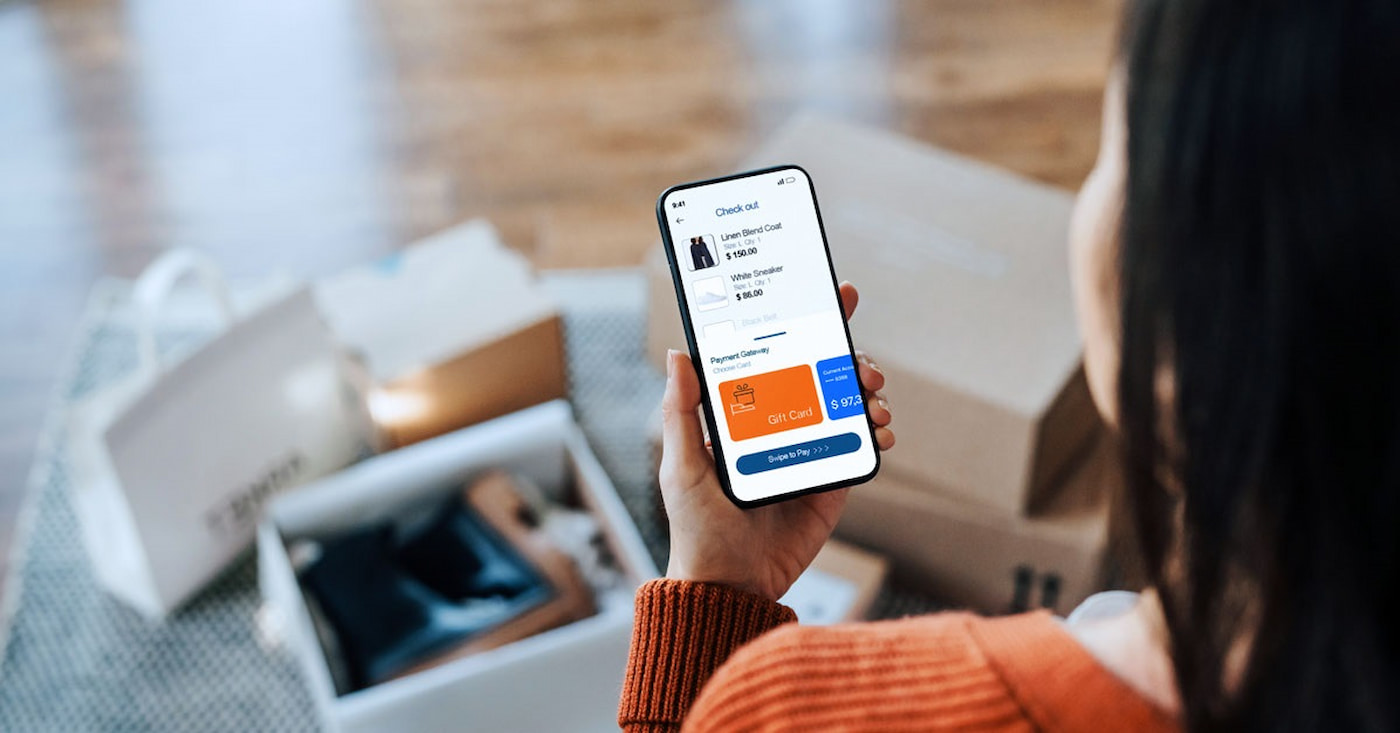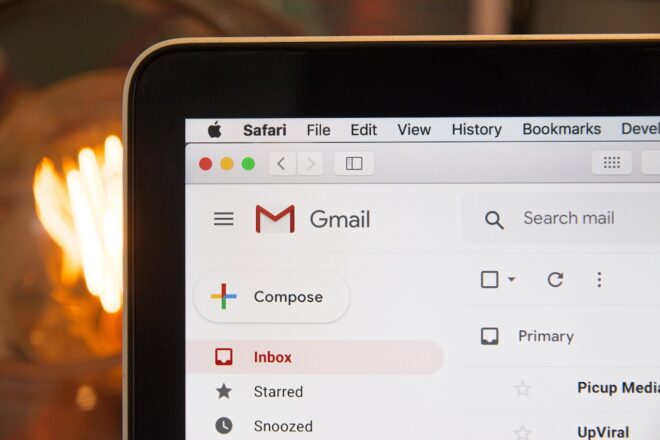With the global gift card market valued at $984.3 billion in 2023 and expected to reach $3.09 trillion by 2030, gift cards can be big business for small businesses. To help entrepreneurs and small business owners stay in-the-know and on-trend with important changes in technology and consumer preferences, Clover’s Gift Card Gauge Q2 2024 explored the interplay of technology, loyalty, and the evolving role of gift cards.
Here are 4 takeaways about digital gift cards and gift card promotions every business owner needs to know.
1. More consumers are using digital wallets to manage gift cards
Consumers have embraced digital wallets. In fact, 54% of those surveyed said they use digital wallets to store gift cards because they’re easy to use, convenient, and secure. What’s more, 71% of participants have downloaded merchant loyalty or reward apps for even more savings, rewards, and easier access to past orders and preferences.
Takeaway: Offer digital gift cards. Merchants can keep consumers satisfied and boost loyalty by offering digital gift cards in addition to physical gift cards–and a loyalty program like Clover Customer Engagement with an app that helps customers manage loyalty rewards.
READ: Physical vs digital gift cards: Why offering both is necessary for business success
2. Consumers crave gift card incentives
With elevated interest rates and stagnant inflation, many consumers are prioritizing necessities over niceties. That’s why (great news for food-related businesses) grocery and food incentives are becoming even more popular among consumers–nearly three out of five participants named food incentives as their favorite. Retail incentives followed as a close second.
A dive into the survey demographics offers more insights for retail and entertainment businesses. Men, for instance, are 62% more likely to favor entertainment gift card loyalty incentives whereas women are 35% more likely to favor retail gift card loyalty incentives. What’s more, households with annual incomes between $50K and $75K are 17% more likely to favor retail gift card incentives while consumers aged 30-44 tend to favor entertainment over restaurant gift card loyalty incentives.
Takeaway: Use gift cards as incentive. Almost any small business–especially retailers and food & beverage businesses–can increase customer engagement and sales by offering gift cards as incentives for purchases.
READ: eGift cards guide: How to buy, sell, and use them
3. Gift card incentives drive consumer decisions
Gift card incentives can have a significant impact on where consumers spend their money. Four out of five participants, for example, said they’ve decided where to shop based on gift card loyalty incentives at least once–16% indicated they always factor incentives into their shopping decisions.
What do consumers value most about gift card incentives? Just shy of 60% said they value being able to convert their loyalty points into gift cards. And, over half of those polled are motivated by getting bonus loyalty points when they use a gift card to make a purchase–46% say they value getting a bonus in their loyalty app when reloading a gift card.
Takeaway: Integrate gift cards into your loyalty program. Clover makes it really easy for business owners to build a loyalty or rewards program that’s integrated with gift cards.
READ: How to increase gift card sales for your small business
4. Businesses should balance personalization with privacy
While 67% of consumers are willing to share personal information to earn incentives, they typically only do so with brands they like and trust. And, there’s a catch: over half of the survey participants said they’ve distanced themselves from brands that are too invasive.
So, what makes a brand seem invasive? More than 60% of participants said too many push notifications on mobile is a deal breaker for them, while excessive reminders or recommendations have driven over half away from a brand. About 60% dinged loyalty apps that attempt to collect too much personal data on their device.
There are two lessons here for merchants. First, collect only the information you need to create a simple, personalized experience–that means, temper personalization with customer privacy. And, communicate only when it really matters–don’t communicate too much, too often.
Takeaway: Keep communications and customer data requests minimal. Remember, over half of consumers have distanced themselves from a brand that they perceived to be too invasive. So, keep communication simple, don’t overreach in your data collection, and give customers the option of opting out of various email or text communications.
With a well-designed gift card program and a few best practices for gift cards, small businesses can shore up profits and customer loyalty. Whether your existing gift card program needs a redo or you’re starting from scratch, Clover can help you get your business gift-card ready in a snap. Contact us at 1-855-290-7262 or at support@giftcards.clover.com.






